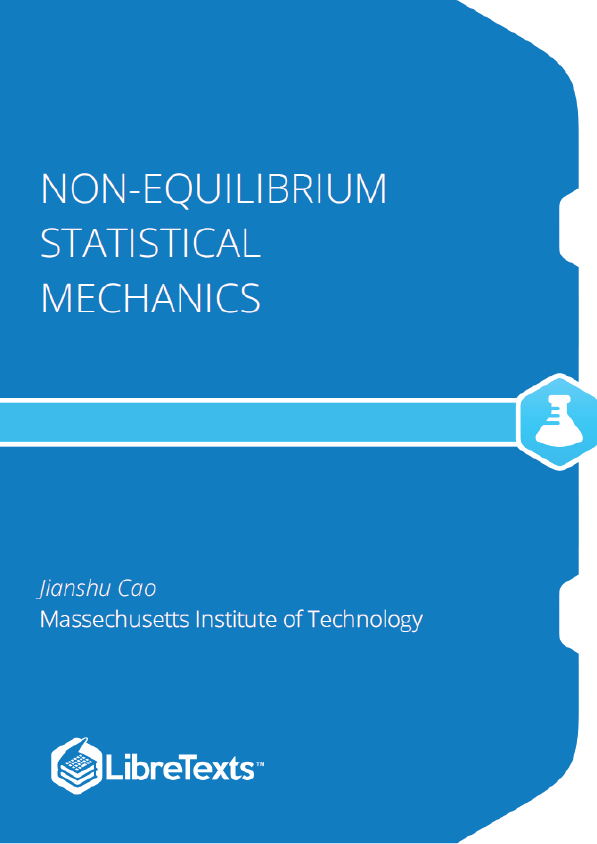1: Stochastic Processes and Brownian Motion
Equilibrium thermodynamics and statistical mechanics are widely considered to be core subject matter for any practicing chemist [1]. There are plenty of reasons for this:
- A great many chemical phenomena encountered in the laboratory are well described by equilibrium thermodynamics.
- The physics of chemical systems at equilibrium is generally well understood and mathematically tractable.
- Equilibrium thermodynamics motivates our thinking and understanding about chemistry away from equilibrium.
This last point, however, raises a serious question: how well does equilibrium thermodynamics really motivate our understanding of nonequilibrium phenomena? Is it reasonable for an organometallic chemist to analyze a catalytic cycle in terms of rate-law kinetics, or for a biochemist to treat the concentration of a solute in an organelle as a bulk mixture of compounds? Under many circumstances, equilibrium thermodynamics suffices, but a growing number of outstanding problems in chemistry – from electron transfer in light-harvesting complexes to the chemical mechanisms behind immune system response- concern processes that are fundamentally out of equilibrium.
This course endeavors to introduce the key ideas that have been developed over the last century to describe nonequilibrium phenomena. These ideas are almost invariably founded upon a statistical description of matter, as in the equilibrium case. However, since nonequilibrium phenomena contain a more explicit time-dependence than their equilibrium counterparts (consider, for example, the decay of an NMR signal or the progress of a reaction), the probabilistic tools we develop will require some time dependence as well.
In this chapter, we consider systems whose behavior is inherently nondeterministic, or stochastic, and we establish methods for describing the probability of finding the system in a particular state at a specified time.
Probability Distributions and Transitions
Suppose that an arbitrary system of interest can be in any one of distinct states. The system could be a protein exploring different conformational states; or a pair of molecules oscillating between a “reactants” state and a “products” state; or any system that can sample different states over time. Note here that is finite, that is, the available states are discretized. In general, we could consider systems with a continuous set of available states (and we will do so in section 1.3), but for now we will confine ourselves to the case of a finite number of available states. In keeping with our discretization scheme, we will also (again, for now) consider the time evolution of the system in terms of discrete timesteps rather than a continuous time variable.











